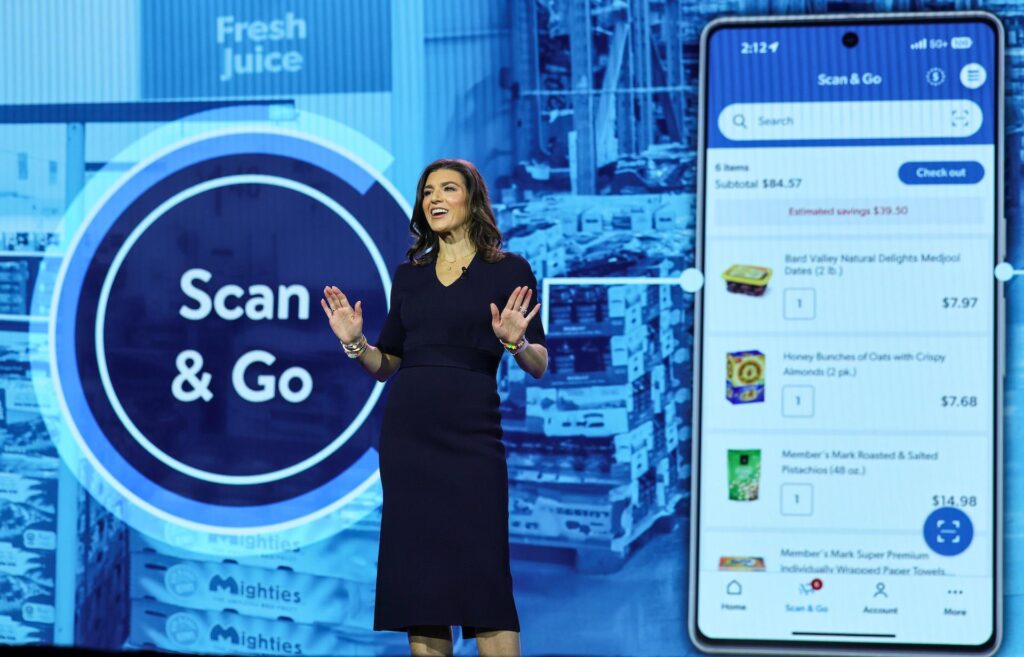Sam’s Club, the membership-only warehouse club owned by Walmart, is changing the way it’s allowing customers to check out their carts.
Instead of using physical receipts, Sam’s Club is now using a new AI-powered verification tech that scans items shoppers bought.
Available in 120 Locations
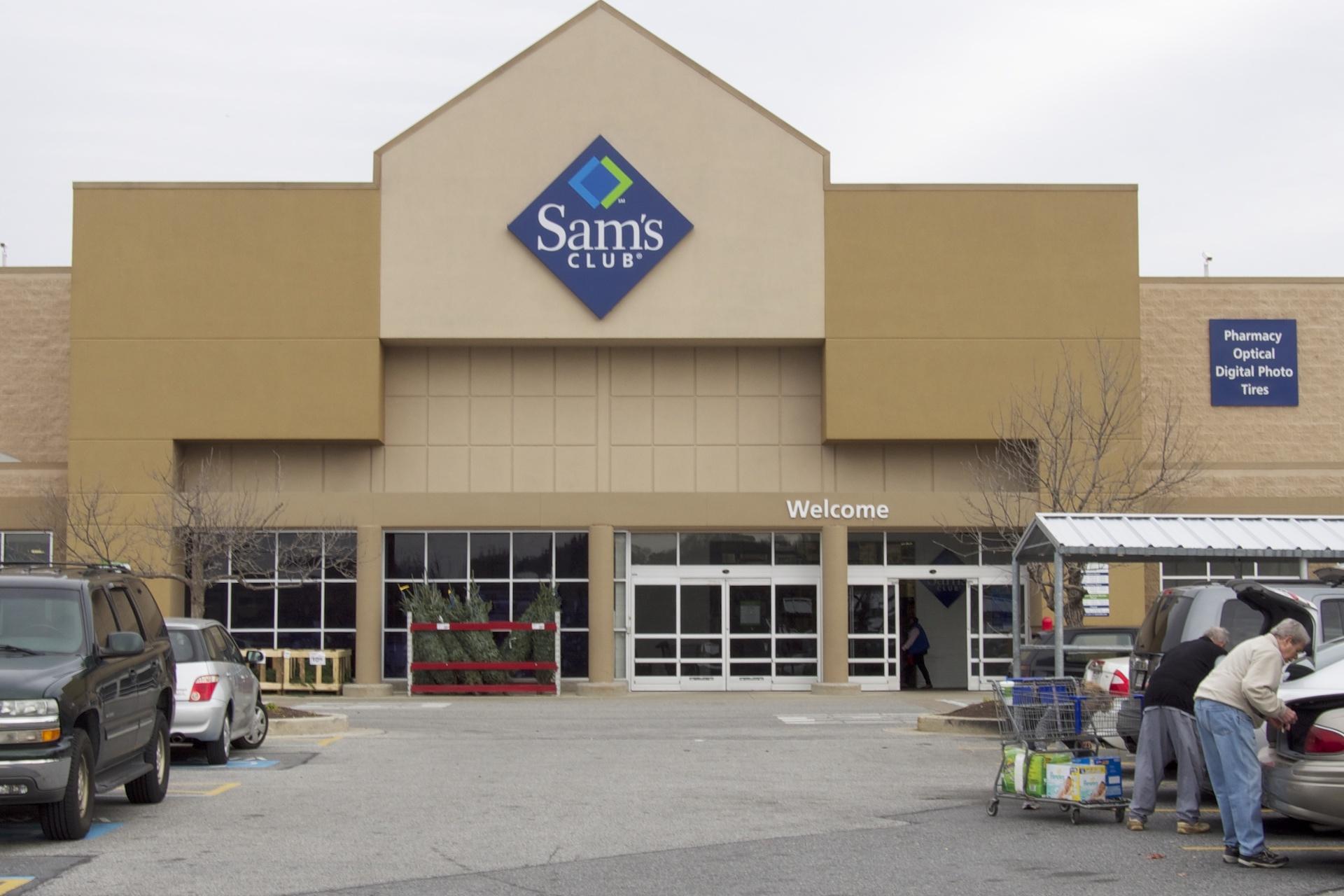
This new tech’s been rolled out in more than 120 locations across the country. Meanwhile, 450-plus Sam’s Club warehouses still use the traditional checkout method.
The retailer told Business Insider, more than half of its customers where the tech is available choose to pay and go. These shoppers walk out with their purchases 23% faster than normal.
Futuristic Gateway
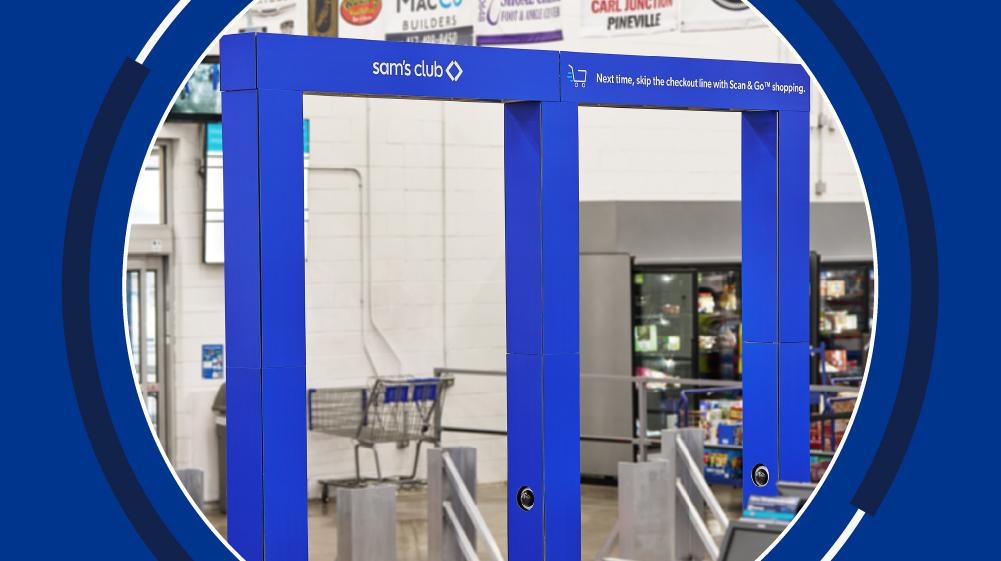
Shaped like a futuristic gateway, the pay-and-go tech was unveiled earlier this year at the Consumer Electronics Show. Then, they were tested at a number of Sam’s Clubs before being more commonly used.
Stores using this tech right now include locations in Texas, the Southwest, and parts of the South and Midwest. Meanwhile, the retailer is planning to roll it out in more Southern and Midwestern stores soon.
App Compatibility
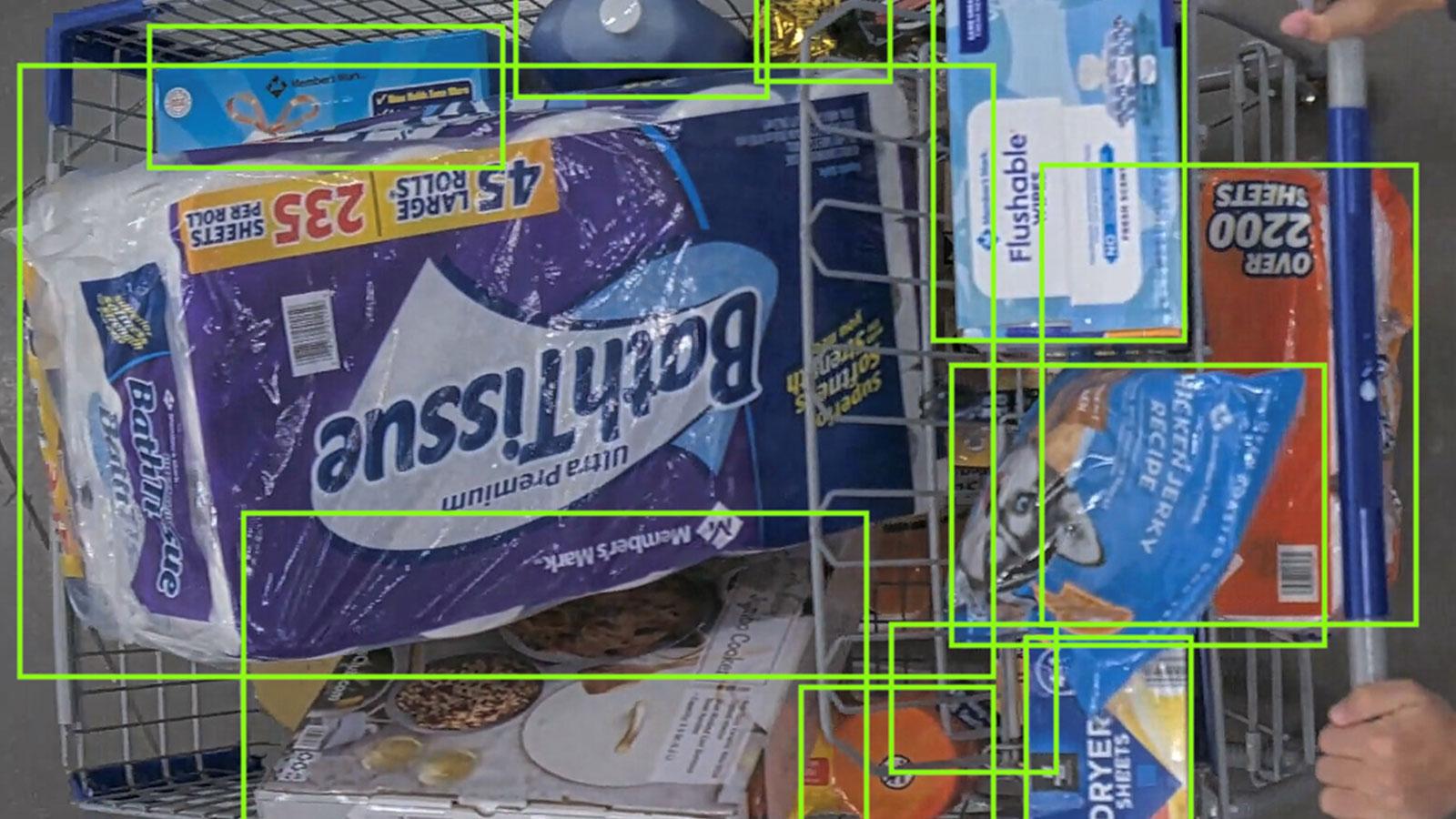
The checkout tech is meant to be used along with Sam’s Club’s Scan and Go feature on its mobile app. It’s where shoppers can ring up their orders themselves while filling their cart and paying in the app.
Shoppers then go through the big blue checkout gate. There, many cameras take pictures of the products and compare them to the order. No stop for traditional physical receipt by a staff member needed.
Seamless Deployment
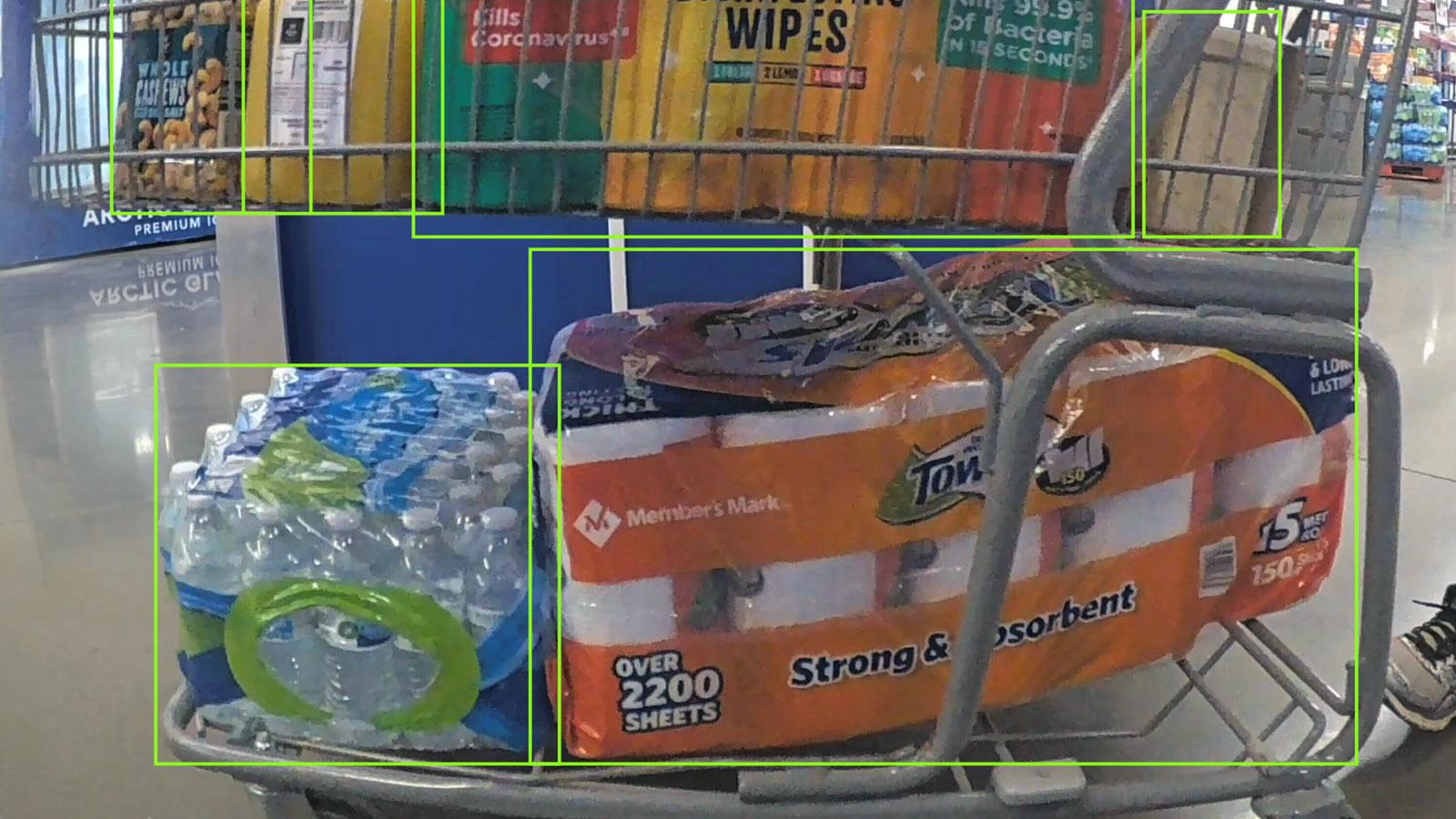
According to Sam’s Club’s chief product officer Todd Garner, both technologies provide extra convenience and raise member satisfaction among its consumers.
“What distinguishes Sam’s Club from our competitors is our ability to seamlessly deploy this technology at scale across our nearly 600 clubs nationwide,” he said in a statement. “Whether it’s a single item or a cartful, we’re revolutionizing the checkout experience.”
The Traditional Method

If you’re curious how Sam’s Club’s members used to pay for their purchases before this tech was rolled out, it’s simple—just how you’d imagine checking out at a traditional store would go.
The old way involved shoppers getting in line at the store’s exit to wait for their turns at having their receipts checked. With this new method, there’s minimal queuing whereas the store staff can focus on other duties.
Doing It at Scale
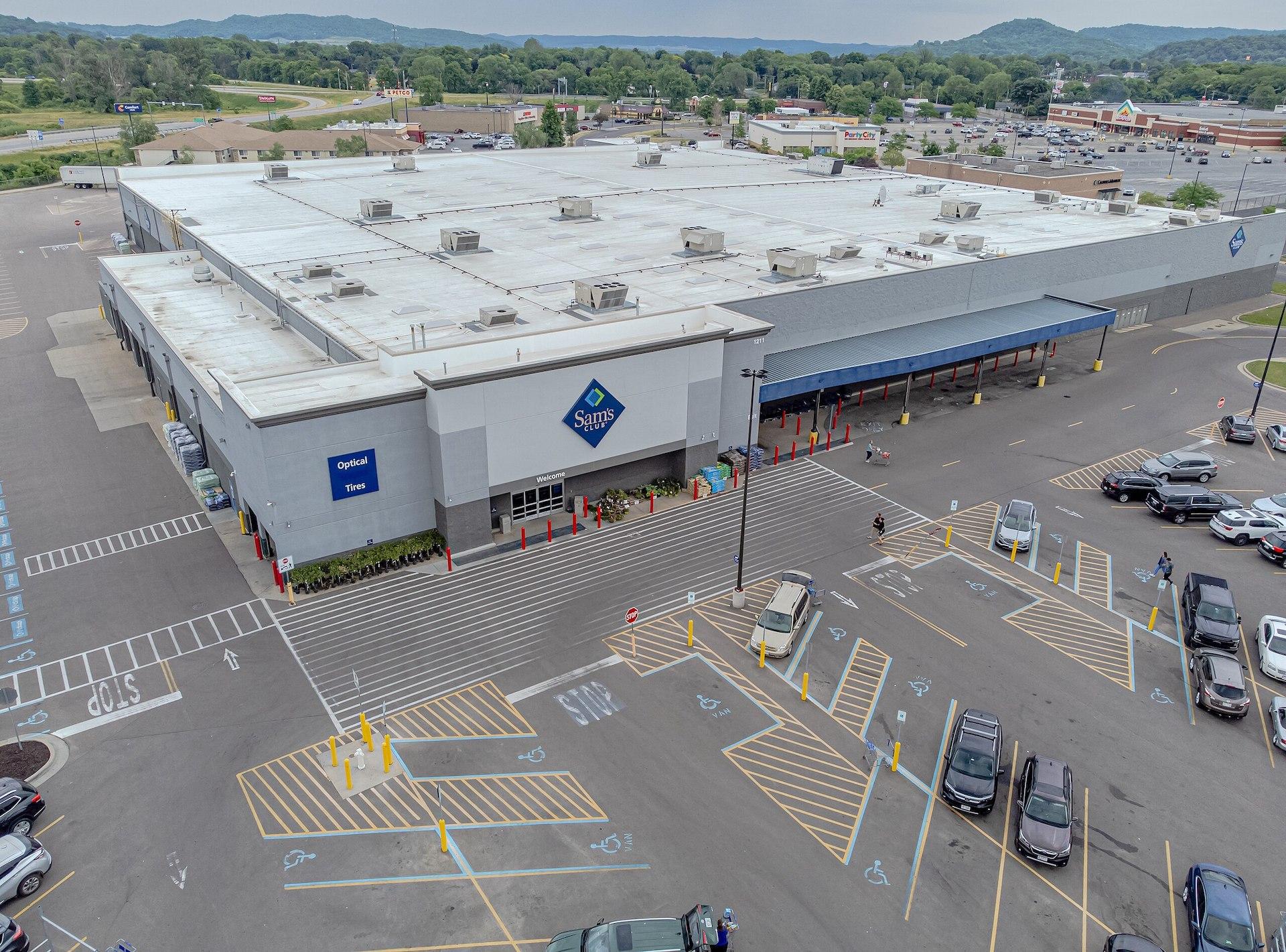
Back in January, Sam’s Club’s U.S. chief merchant Megan Crozier said, “It’s one thing to enable this easy kind of exit tech in a small-footprint store for a handful of items. But we’re doing it at scale.”
Her words might have referred to Amazon’s decision to pull out its Just Walk Out technology from larger grocery stores, such as Fresh and Whole Foods. Instead, Amazon would use the no-hassle JWO system in smaller-format locations.
No Manpower Issue
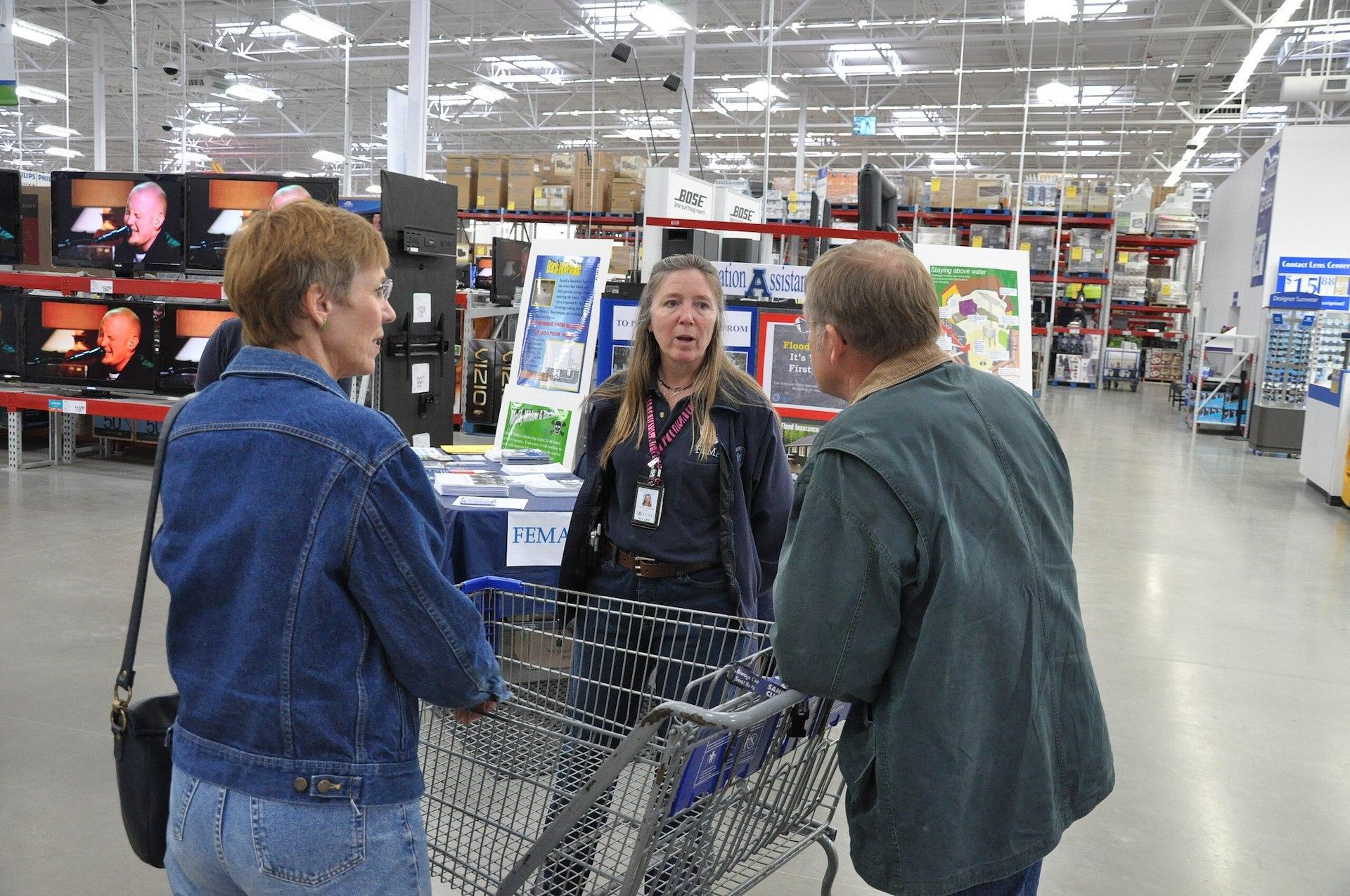
Amazon had also had to defend itself against the accusation that its JWO system needed to rely on thousands of human workers to review the transactions.
Meanwhile, Sam’s Club’s tech doesn’t have this manpower issue at all. The retailer claimed to have fewer than 40 staff members working on this new exit tech—engineering, product, UX, marketing, operations, and real estate all included.
Contrast With Walmart
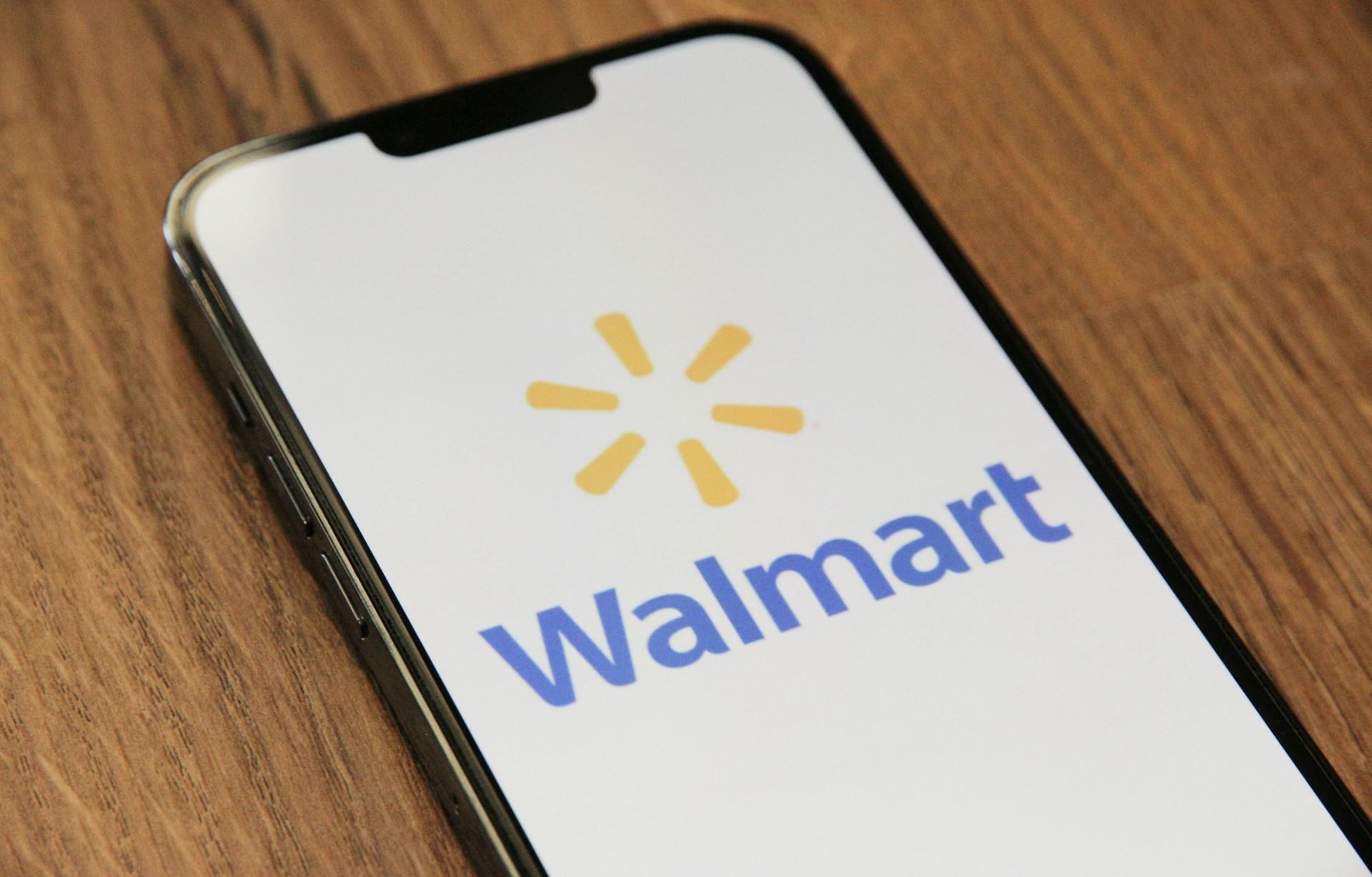
However, this move by Sam’s Club seems to contrast wildly with its parent’s company’s decision to remove self-checkout counters from its stores.
Staffed counters are making a comeback in many Walmart stores. The reason? Improving in-store experience and reducing the potential of a “partial shrink” happening.
Inventory Problems

“Partial shrink” is a retail term referring to how a store can experience inventory loss due to customers forgetting to scan a certain item or scanning a lower-priced item instead of the real one.
Sam’s Club hasn’t addressed the possibility of merchandise loss. However, this new tech is assisted by Artificial Intelligence, which seems to elevate the level of sophistication used compared to regular self-checkout systems.
Self-Checkout Still a Conundrum
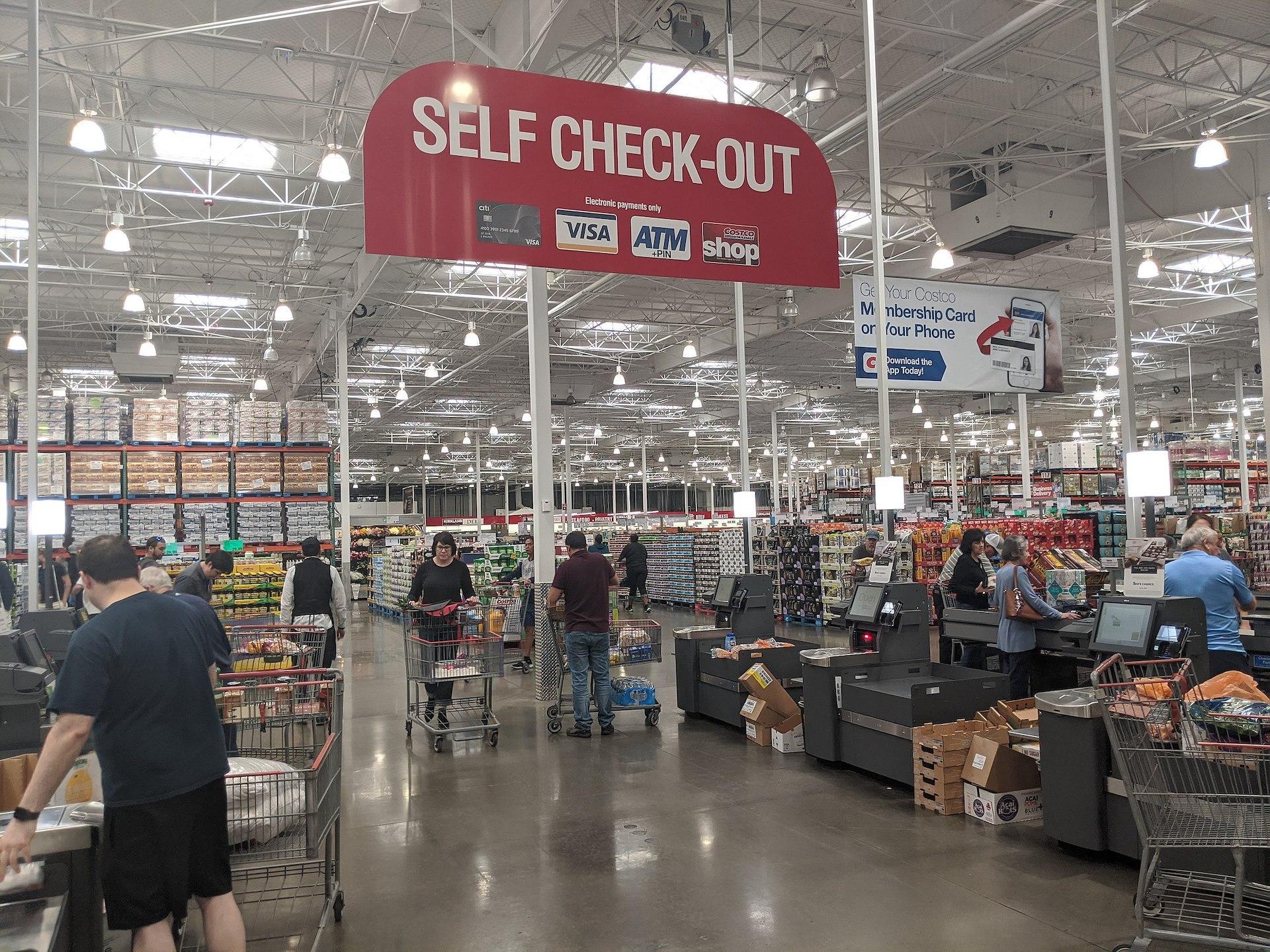
With retailers all over the U.S., the U.K., and Europe facing 4% loss by using cost-cutting features like self-checkout systems, the practice of using this type of payment method is still questionable.
Walmart is not the only one reversing its decision to use self-checkout. Dollar General, Target, and Five Below have also removed the self-checkout systems from some of their stores.
Sam’s Club Going Ahead
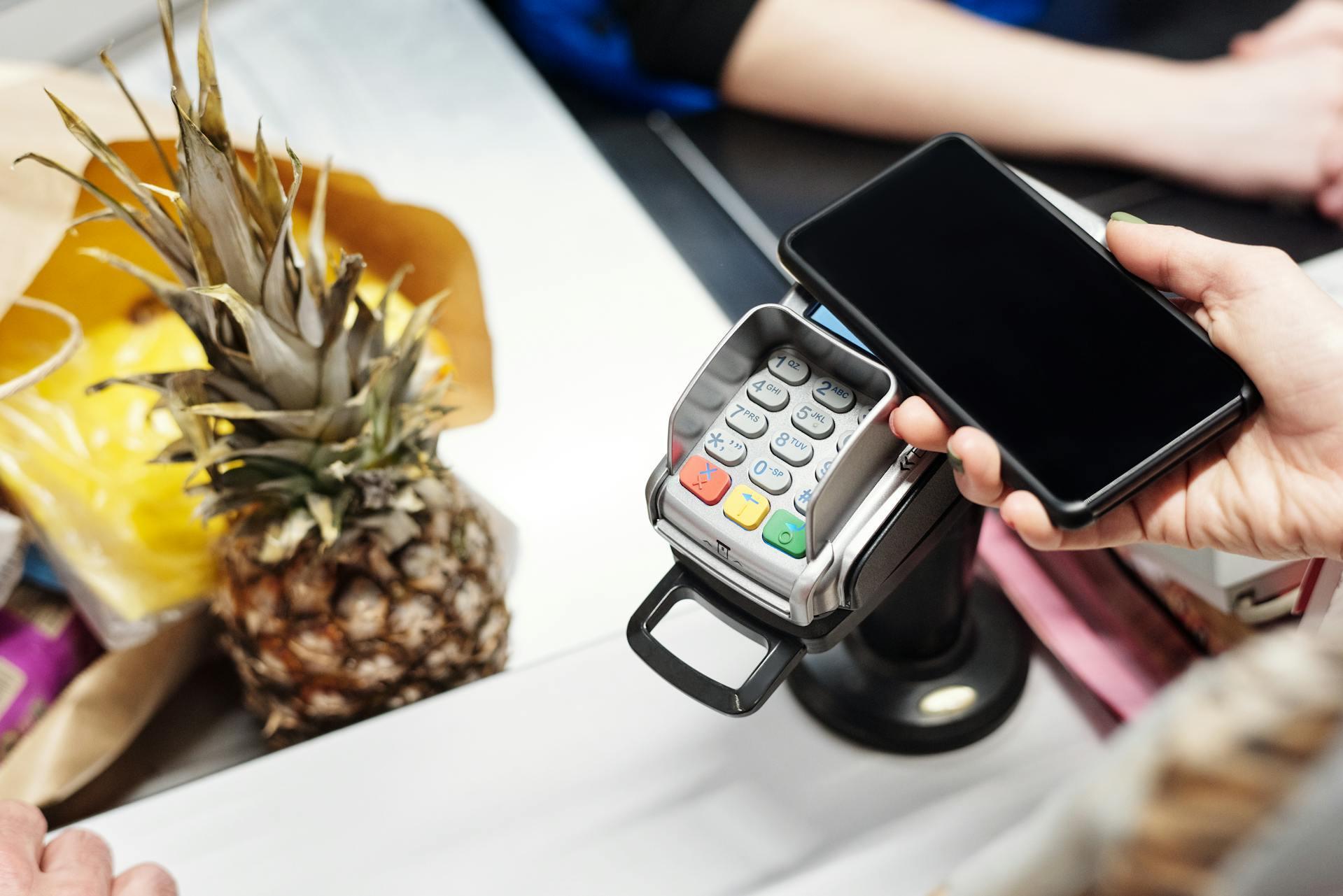
For now, Sam’s Club doesn’t seem to be worried yet. By the end of 2024, the blue gates at the warehouses’ exits will be available in all 599 stores in the U.S.
Whether it’s a package of bottled mineral water, one winter’s worth of warm clothes, or even a queen-sized bed, Sam’s Club’s AI-powered tech will scan its members’ purchases without fail. What a way to use technology to provide a unique customer experience!
